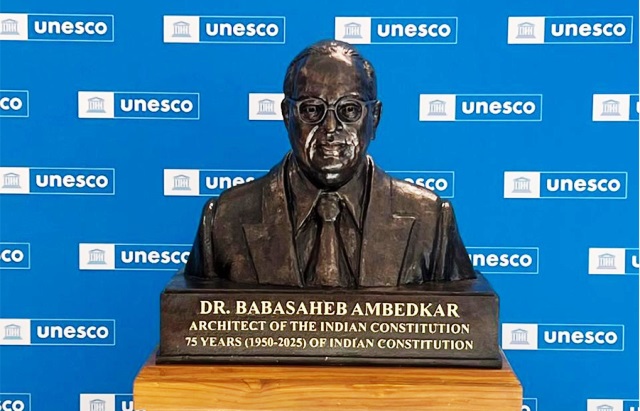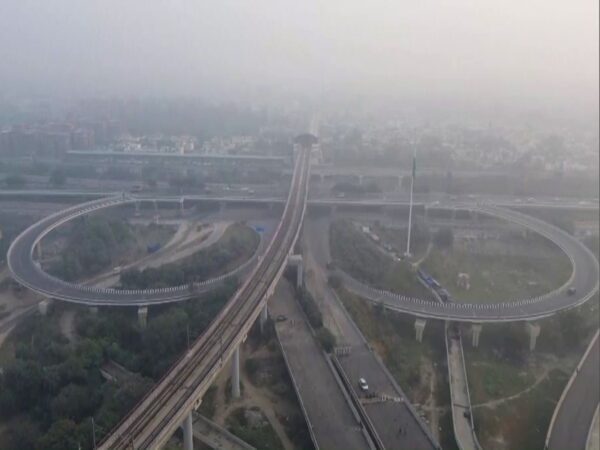
Pak’s Poverty Rate Rises To 25.3% In 2024-25: World Bank
A recent World Bank (WB) report has raised alarms over the increasing poverty rate in Pakistan, emphasising the urgency for long-term, inclusive reforms to safeguard the country’s most vulnerable communities, according to Dawn.
According to the latest report, the poverty rate has increased by 7% over the past three years, standing at 25.3% as of 2024-25.
The report, titled “Reclaiming Momentum Towards Prosperity: Pakistan’s Poverty, Equity and Resilience Assessment,” represents the first in-depth examination of poverty and welfare in Pakistan in more than two decades, as highlighted by Dawn in its coverage.
The study utilises over 25 years of data from household surveys, spatial analysis, projections, and various administrative sources.
Dawn reported that after a consistent decline from 64.3% in 2001-02 to 21.9% in 2018-19, the national poverty rate has been rising again since 2020.
The World Bank attributes this reversal to a series of overlapping crises, including the COVID-19 pandemic, inflationary pressures, severe flooding, and macroeconomic instability.
Moreover, it notes that the earlier gains in poverty reduction were driven by a consumption-led growth model, which has now exhausted its potential.
According to Dawn, the report found that much of the earlier reduction in poverty was due to increased income from non-agricultural labour, with many families transitioning from farming to service-sector jobs.
However, Pakistan’s structural transformation has been slow and uneven, which has limited job creation, diversification, and productivity growth.
The study also underscores the challenges of informal employment, which still accounts for over 85% of jobs, and notes that women and youth remain largely excluded from the labour force.
In addition to economic concerns, the report highlights severe social deficits. Nearly 40% of Pakistani children are stunted, a quarter of primary-aged children are not in school, and three-quarters of those who do attend struggle with basic reading comprehension, as reported by Dawn.
Basic services also lag behind: by 2018, only half of households had safely managed drinking water, and nearly one-third lacked access to safe sanitation.
Dawn further noted the World Bank’s emphasis on persistent regional disparities. Rural poverty remains more than double the rate seen in urban areas, and many districts that were underdeveloped decades ago still face the same conditions today. (ANI)



